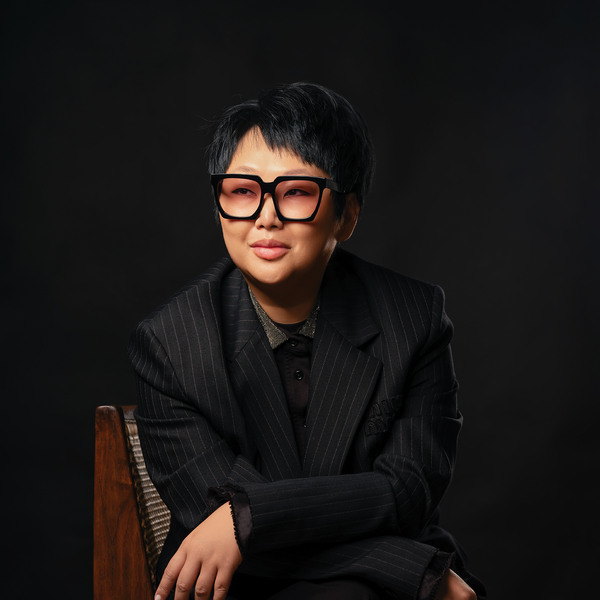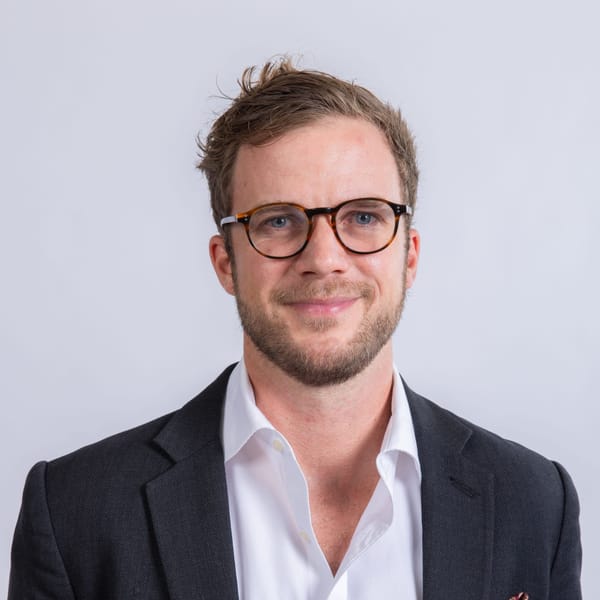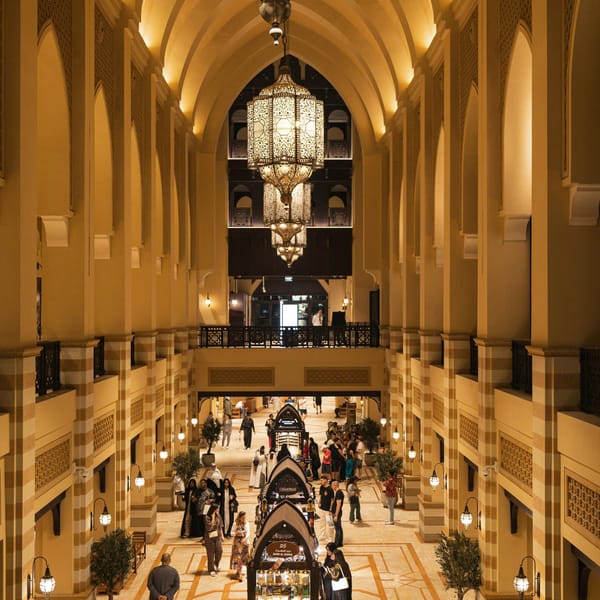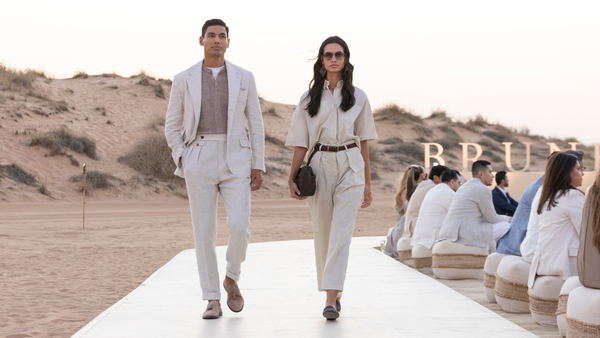This interview was originally published by Walpole on October 15, 2025 . Syndicated on The Meridio with permission.
The Middle East remains one of the world’s most dynamic luxury markets, growing at an average of 8% annually, driven by a sophisticated consumer base, significant infrastructure investment, and evolving retail landscapes.
Here, Charlotte Keesing, Director, Walpole talks to Chalhoub Group's Director of Intelligence, Mo Shadman, about the latest market developments, consumer trends shaping luxury across the GCC, and key findings from the organisation's latest report.
Walpole: While global luxury contracted by 2% in 2024, the GCC has flourished with 6% growth to $12.8bn and is expected to reach $15bn by 2027. What has driven this consistent and remarkable growth in the region?
The GCC Personal Luxury 2024: Unstoppable report highlights the region’s ability to defy global trends, with USD $12.8bn in retail sales and +6% year-on-year growth – underscoring the continued strength of consumer demand and the resilience of the luxury sector across the Gulf.
As we analyse the findings of our latest GCC Personal Luxury report for 2025, the most significant finding would be that the luxury sector in our region continues to demonstrate resilience and adaptability despite global economic challenges. With retail sales reaching USD $12.8bn and a growth trajectory that outpaces the international average, we see tremendous potential for brands to leverage this momentum.
Luxury fashion commands 43% of the market with 6% growth, with beauty and jewellery performing strongly too. Which brands are defining this growth, and which trends do you think are the most interesting?
Several key factors are propelling the upward trajectory of luxury in the GCC. Favourable economic conditions, supported by strong government initiatives – particularly in Saudi Arabia and the UAE – create a conducive environment for luxury spending. At the same time, the luxury retail landscape is evolving, with new store openings and high-end mall developments enhancing consumer access to premium brands.
Resilient consumer confidence and rising disposable incomes continue to drive robust demand for luxury goods, while the sustained influx of affluent tourists supports luxury sales despite regional geopolitical challenges.
Additionally, the transition towards online shopping is accelerating, with the e-commerce luxury segment outpacing global growth rates as consumer behaviours evolve.
How is Chalhoub Group responding to these trends and shaping the luxury landscape?
The luxury landscape in the GCC is entering a new chapter, shaped by evolving consumer expectations, generational shifts, and the blending of physical and digital experiences. We’re seeing strong momentum from a new generation of luxury brands expanding in the region. The recent flagship openings of Jil Sander and Maison Margiela at Mall of the Emirates reflect growing demand for new and emerging brands in the GCC.
This next phase will be driven by rising consumer expectations, generational shifts, and a stronger desire for emotional connection, storytelling, and curated experiences. Looking ahead, new retail developments will provide brands with more opportunities to enhance service and experience, meeting the evolving expectations of GCC consumers.
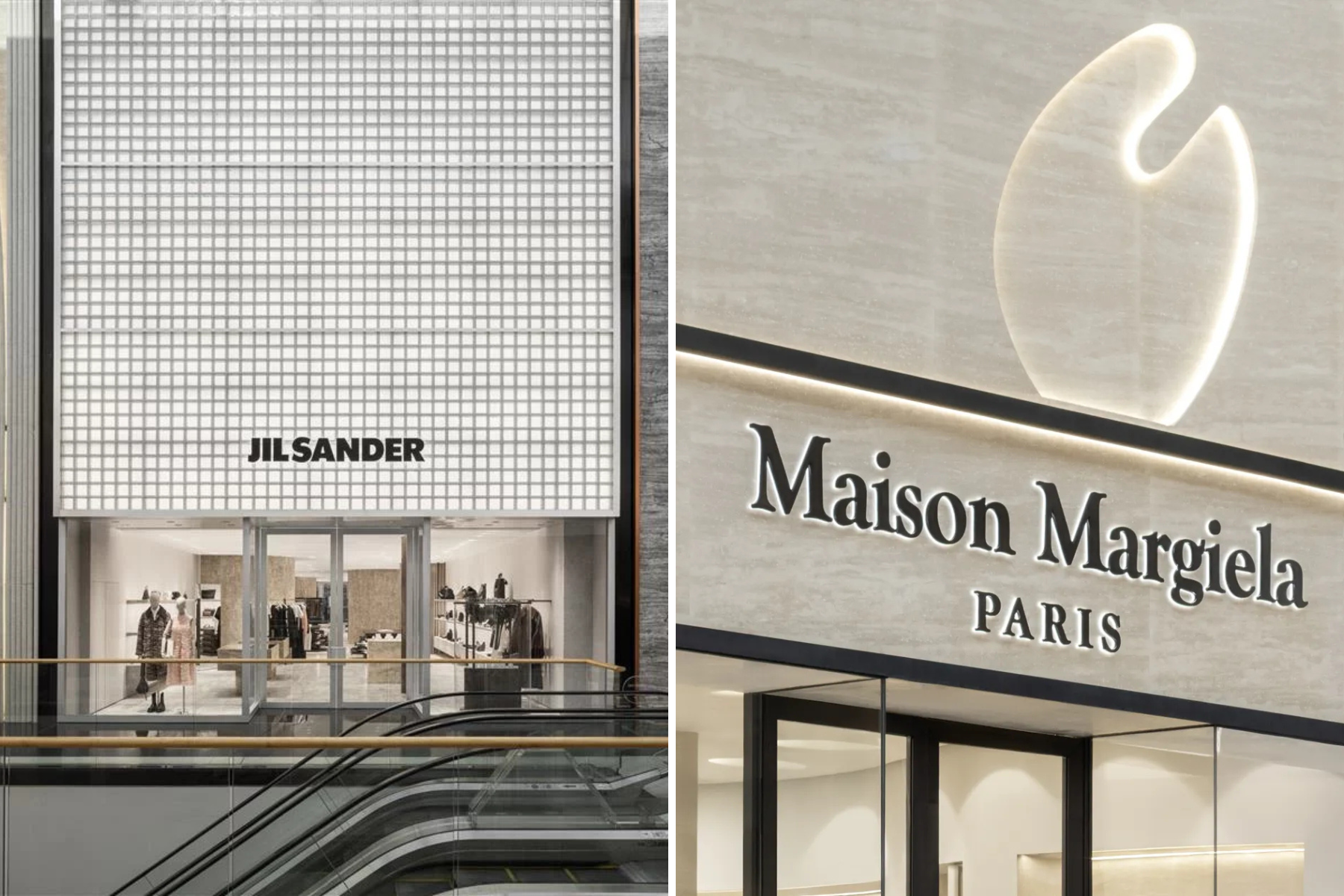
The UAE dominates in the region accounting for 56% of the market, with Dubai and Abu Dhabi as the centres for luxury and Saudi Arabia is accelerating rapidly with 18%. How will this dynamic between the luxury hubs across the market reshape the luxury retail landscape?
Saudi Arabia’s rapid acceleration is creating exciting new opportunities, fuelled by ambitious investments, a young and dynamic population and a strong appetite for luxury. Nonetheless, the region is pushing brands to be more localised and to be creative in how they deliver experiences.
GCC consumers remain optimistic with a strong willingness to spend – what’s behind this confidence? What do they want from luxury brands?
This next phase of luxury consumption will be driven by rising consumer expectations, generational shifts, and a stronger desire for emotional connection, storytelling, and curated experiences. Looking ahead, new retail developments will provide brands with more opportunities to enhance service and experience, meeting the evolving expectations of GCC consumers.
Your research reveals “intentional indulgers”, a highly informed consumer who draws inspiration from digital platforms but tends to shop in-store. How is this sophisticated consumer redefining luxury experiences and brand engagement across the Gulf?
Physical retail remains absolutely critical. Despite the rise of e-commerce, in-store experiences continue to drive discovery, brand engagement, and high-value purchases — especially in luxury, where sensory experiences and personalised service are essential. New mall developments and store openings serve as powerful magnets for both local consumers and tourists, creating vibrant hubs that blend shopping with lifestyle and entertainment.
In Q1 2025, fashion grew by 11% and beauty by 23%, with part of this growth driven by the opening of the Solitaire mall in February in Saudi Arabia. Looking ahead, seven new malls featuring luxury brands are scheduled to open across the UAE and KSA by 2027, and these developments will undoubtedly help further boost the GCC luxury sector.
With over 90 new store openings and eight luxury destinations planned, how is Chalhoub curating experiences to maintain exclusivity and retail theatre that delights the customer?
With several openings and luxury destinations planned, the Group remains committed to deepening its relationship with its consumers, curating experiences that go beyond retail, and creating spaces that feel welcoming and innovative. By staying ahead of the curve in understanding our consumers, we deliver seamless omni experiences that meet their expectations.
E-commerce grew 13% against a global decline, yet penetration remains 13% compared to 20% globally. What barriers persist, and how are pioneers creating new models for luxury e-commerce?
The GCC region is experiencing a surge in luxury e-commerce, with online sales now accounting for 13% of the market – still below the global average of 20%, but showing strong growth potential.
In 2024, the region’s online luxury channel grew by 13%, significantly outpacing the global market, which saw a decline of -4% to -1%. This digital acceleration is fuelled by several factors: high domestic demand, an influx of affluent international shoppers, strong adoption of digital and omnichannel experiences, and the rapid expansion of emerging categories such as skincare and Asian beauty.
Newer luxury brands entering the region are also embracing e-commerce early, helping to reshape how consumers discover and engage with products online.
The region maintained tourism growth with 8% growth and luxury spending up 5% despite geopolitical complexities. What’s driving this appeal? Who are the top spenders in luxury among tourists?
Russian tourists remain the top spenders in the UAE, accounting for close to 16% of luxury tourist spend, as economic sanctions have limited their travel options to Europe and beyond. They are followed by Saudi tourists, who consistently rank as high spenders in the UAE, thanks to a better shopping experience, a wider assortment, and more competitive pricing, accounting for 11% of tourist spending. Chinese tourists remain well below their pre-pandemic peak (22% share in 2019), due to reshaped spending patterns and a weaker local economy, and now account for around 10% of tourist spend.
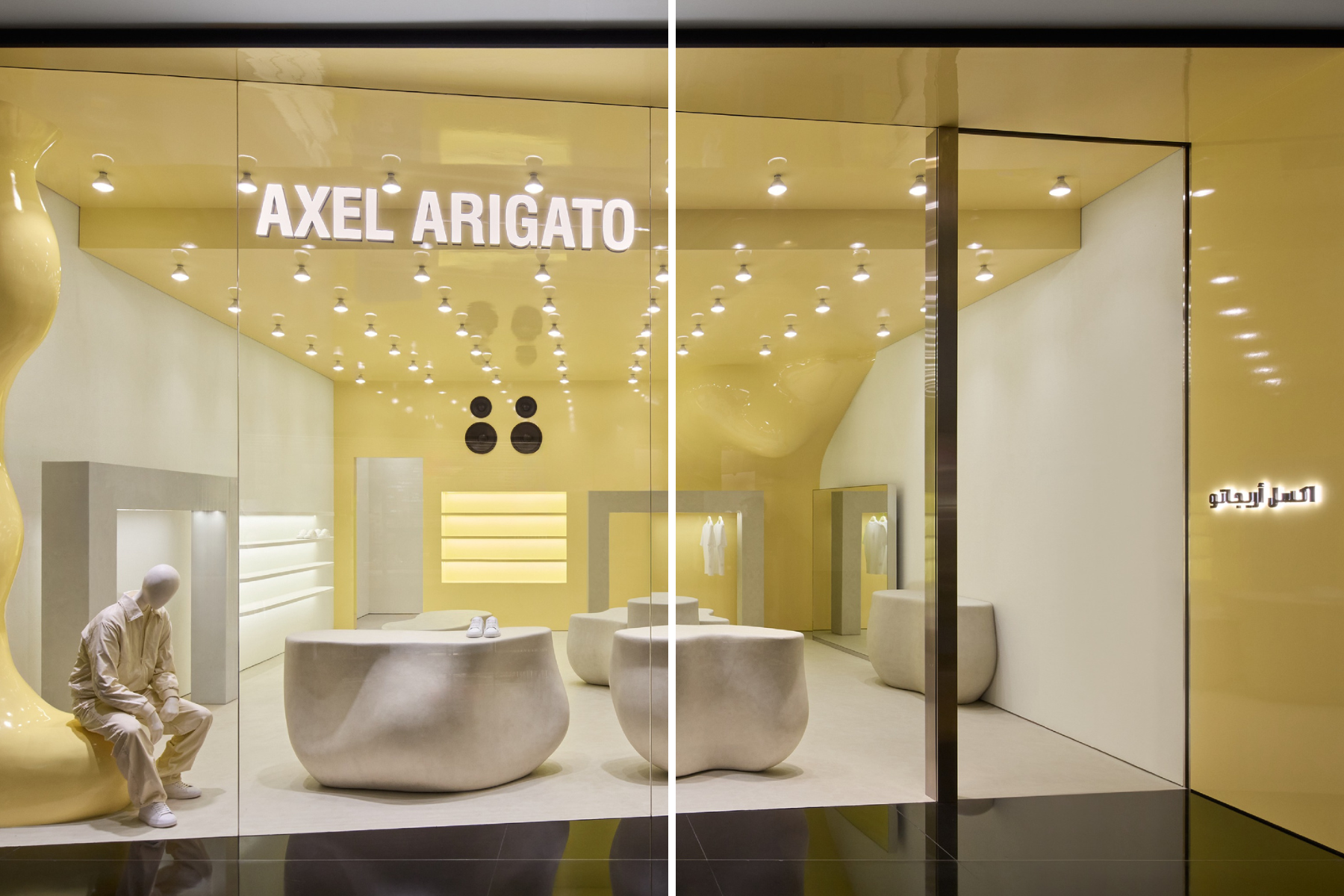
How are GCC consumers favouring brands that prioritise sustainability?
Sustainability has moved from a side priority to a central imperative in luxury, particularly among Gen Z consumers, reshaping how products are designed, marketed, and sold.
Chalhoub Group’s 2024 Sustainability Report highlights its holistic approach:
- People: Policies such as the Parent-Friendly Label with 90 days' maternity and 30 days' paternity leave.
- Partners: 37% of suppliers assessed for sustainability.
- Planet: Biodiversity restoration efforts and Net Zero by 2040 commitment.
Circular fashion models – resale (Level Shoes Pre-loved), rental (Swarovski), repair, recycling, repurposing, and on-demand production (Sol3mates) – extend product life, reduce waste, and align with the projected USD $350bn global resale market by 2028.
Advancements in innovative sustainable materials, along with AI-driven inventory management and predictive analytics, optimise production while enabling transparency, traceability, and ethical sourcing.
Collaborations such as the UFUQ coalition with LVMH, EMAAR, MAF, and Aldar further accelerate retail sustainability KPIs, while a renewed focus on diversity and inclusion is reshaping narratives and marketing across the industry.
Together, these initiatives demonstrate how sustainability, circularity, and conscious consumption are now integral to luxury strategy, driving both environmental responsibility and long-term growth.
Where do you see the greatest opportunities for British luxury brands in the region?
The GCC is a dynamic market where British brands can truly thrive. Fashion remains the largest opportunity, with consumers valuing both heritage and innovation, while beauty is the fastest-growing category.
The greatest opportunities will come to those brands that can meet rising consumer expectations by creating strong emotional connections, delivering compelling storytelling, and offering curated experiences.
Looking ahead, new retail developments across Dubai, Abu Dhabi, and Riyadh will open doors for British brands to enter the market, elevate service and experience, and connect with the evolving aspirations of GCC consumers.
Written by
